Home>Garden Essentials>How To Landscape Design For Divided Land


Garden Essentials
How To Landscape Design For Divided Land
Modified: March 7, 2024
Learn how to design a stunning garden on divided land with our expert tips and techniques. Create an oasis of beauty and functionality with our step-by-step landscaping guide.
(Many of the links in this article redirect to a specific reviewed product. Your purchase of these products through affiliate links helps to generate commission for Storables.com, at no extra cost. Learn more)
Introduction: Importance of Landscaping Design for Divided Land
When it comes to landscaping, every piece of land is unique in its own way. However, designing a landscape for a divided land brings its own set of challenges and opportunities. Divided land refers to a property that is split into different sections due to various reasons such as fences, pathways, or natural boundaries. These divisions can create visually disjointed spaces that lack harmony and cohesion. Therefore, it becomes crucial to have a well-thought-out landscaping design that integrates these divisions seamlessly.
The objective of this article is to provide insights and guidance on how to approach landscaping design for divided land. By understanding the layout, topography, and available natural elements, you can create a visually appealing outdoor space that maximizes its potential. Whether your land is divided by fences, walls, or pathways, the principles discussed here will help you overcome the challenges and transform your divided land into a harmonious, functional, and beautiful landscape.
Now, let’s explore the factors that need to be considered when designing for divided land.
Key Takeaways:
- Designing for divided land requires understanding layout, topography, and natural elements. Privacy, space maximization, visual continuity, unity promotion, and sustainability are key considerations for a cohesive outdoor space.
- Incorporating fencing, strategic plantings, and water features creates privacy. Maximizing space involves functional areas, multi-level landscapes, and vertical gardening. Visual continuity, unity, and sustainability are essential for a harmonious outdoor space.
Read more: How To Build Stairs With A Landing
Factors to Consider: Understanding the Layout, Topography, and Natural Elements
Before starting the landscaping project for divided land, it is essential to have a clear understanding of the layout, topography, and available natural elements. This knowledge will guide you in making informed decisions about the design and layout of your landscape. Here are three critical factors to consider:
Understanding the Layout:
Take the time to study and analyze the layout of your divided land. Identify the different sections and how they are divided, whether it is by fences, walls, or pathways. Understanding these divisions will help you determine how to seamlessly integrate them into your overall design. Consider how people will move through these sections and create pathways that connect them effectively.
Assessing the Topography:
Topography plays a crucial role in landscaping. Evaluate the slopes, elevation changes, and drainage patterns on your divided land. These factors will influence the way you design your outdoor spaces. Incorporate terracing or retaining walls to create level areas and prevent soil erosion. Use the natural contours to your advantage, developing unique features that blend well with the overall design.
Identifying Potential Challenges and Limitations:
Every landscaping project has its challenges, and divided land is no exception. Assess any limitations or obstacles that may impact the design process. Consider factors such as sunlight exposure, soil quality, and access to utilities like water and electricity. These challenges can be turned into opportunities by selecting plants and materials that are suitable for the specific conditions of each divided section.
By understanding the layout, topography, and available natural elements, you will be better equipped to create a landscape design that harmoniously integrates the divided sections of your land. The next sections will delve into specific strategies for designing for privacy, maximizing space, creating visual continuity, promoting unity, and ensuring maintenance and sustainability.
Read more: How Many Stairs Before Landing
Designing for Privacy: Incorporating Fencing, Plantings, and Water Features
Privacy is an important aspect to consider when landscaping a divided land. Creating secluded spaces within the divided sections can enhance the overall enjoyment and functionality of your outdoor area. Here are three strategies for designing for privacy on your divided land:
Incorporating Fencing or Walls:
Fencing or walls can be effective in creating privacy and separating different sections of your divided land. Choose materials and designs that complement the overall aesthetic of your landscape. Opt for taller fences or walls in areas where maximum privacy is desired, such as near a patio or outdoor living space. Consider using decorative elements, such as lattice panels or climbing plants, to add visual interest to the fencing.
Creating Strategic Plantings:
Strategically placed trees, shrubs, and hedges can act as natural barriers and provide privacy on your divided land. Select plants that are suited to your climate and will thrive in the specific sections of your land. Dense evergreen trees and shrubs are excellent choices for year-round privacy, while deciduous trees can provide ample shade during the summer months. By carefully planning the placement and height of your plantings, you can create secluded areas that feel intimate and secluded.
Implementing Water Features or Structures:
Water features, such as fountains, ponds, or water walls, not only add an element of tranquility to your outdoor space but also create a sense of privacy. The sound of flowing water can help mask unwanted noise and add a soothing ambiance. Additionally, consider incorporating structures like pergolas, arbors, or trellises for added privacy. These features can be adorned with climbing plants or outdoor curtains to create secluded areas for relaxation or dining.
By incorporating fencing or walls, strategic plantings, and water features or structures, you can design for privacy on your divided land. These elements will not only create secluded areas but also add depth and visual interest to your landscape. The next section will explore strategies for maximizing space on your divided land.
Maximizing Space: Creating Functional Outdoor Areas, Multi-Level Landscapes, and Vertical Gardening
When dealing with divided land, maximizing space becomes essential to ensure that each section serves a purpose and enhances the overall functionality of your landscape. By utilizing clever design techniques, you can make the most of the available space. Here are three strategies for maximizing space on your divided land:
Creating Functional Outdoor Areas:
Divide your outdoor space into functional zones that cater to different activities, such as dining, lounging, or gardening. Determine the primary purposes for each section and design them accordingly. For example, create a designated area for outdoor dining complete with a dining table and seating. Consider incorporating features like fire pits or outdoor kitchens to further enhance the functionality and enjoyment of the space.
Incorporating Multi-Level Landscapes:
Take advantage of any changes in elevation on your divided land by creating multi-level landscapes. This allows you to maximize space vertically while creating visual interest. Terracing or constructing retaining walls can help create a seamless transition between the different levels. Each level can serve a different purpose, such as a play area for children, a garden bed for growing vegetables, or a space for relaxation with comfortable seating.
Utilizing Vertical Gardening Techniques:
Vertical gardening is an excellent way to maximize space on divided land, particularly in smaller sections. Install trellises, wall-mounted planters, or hanging baskets to grow plants vertically. This not only adds greenery to your landscape but also frees up valuable ground space. Consider growing climbers or vining plants to add lushness and privacy to your outdoor areas.
By creating functional outdoor areas, incorporating multi-level landscapes, and utilizing vertical gardening techniques, you can maximize the space on your divided land. These strategies will enable you to make the most of the available area while adding versatility and visual appeal to your landscape. The next section will delve into the importance of visual continuity in designing for divided land.
Read more: How To Divide Living Room
Creating Visual Continuity: Cohesive Color Palette, Consistent Materials, and Smooth Transitions
When designing for divided land, it is essential to create visual continuity across the different sections to achieve a cohesive and harmonious landscape. By considering the following strategies, you can ensure that your divided land flows seamlessly from one area to another:
Incorporating a Cohesive Color Palette:
Choosing a cohesive color palette for your landscape can help tie together the different sections of your divided land. Select a limited range of colors that complement each other and the surrounding environment. Consider the color of your home and any existing structures as well. Use these colors consistently in your plantings, outdoor furnishings, and decorative elements to create a unified and visually appealing outdoor space.
Utilizing Consistent Materials and Textures:
Consistency in materials and textures throughout your divided land can create a sense of cohesion. Select materials that complement each other and the overall style of your landscape. For example, if you have used stone or brick in one section, consider incorporating the same materials in other areas as well. Consistent texture choices, such as smooth or rough surfaces, can also tie the different sections together, creating a visually pleasing transition.
Creating Smooth Transitions between Divided Areas:
Smooth transitions between the divided areas of your land help create a sense of continuity and flow. Use pathways, walkways, or stepping stones to connect the different sections. These pathways can be designed with materials that match the overall theme of your landscape. Incorporate curves or gentle curves to create a natural-looking flow between the sections. Additionally, consider using plantings or hedges to soften the visual boundaries and create a seamless transition between the divided areas.
By incorporating a cohesive color palette, utilizing consistent materials and textures, and creating smooth transitions between the divided areas, you can achieve visual continuity in your landscape design. These strategies will help create a sense of unity and harmony, making your divided land feel like a well-integrated and cohesive outdoor space. The next section will explore how to promote unity throughout your divided land by incorporating specific design elements.
Promoting Unity: Central Focal Points, Connecting Pathways, and Consistent Architectural Elements
Creating a sense of unity across the divided sections of your land is crucial for a cohesive and visually pleasing landscape. By incorporating specific design elements, you can promote unity and make your outdoor space feel harmonious and integrated. Here are three strategies to consider:
Incorporating Central Focal Points:
Introducing central focal points in each section can unite the divided areas and create a sense of cohesion. These focal points can be a stunning piece of artwork, a unique sculpture, a water feature, or a beautifully designed outdoor fireplace. Choose focal points that reflect your personal style and complement the overall theme of your landscape. By strategically placing these focal points, you can create visual interest and draw the eye towards them, unifying the divided sections.
Using Connecting Pathways or Walkways:
One effective way to promote unity is by incorporating connecting pathways or walkways that seamlessly link the different areas of your divided land. Use materials that match or complement the overall design aesthetic, such as pavers, flagstones, or gravel. Ensure that the paths are wide enough for comfortable movement and consider adding lighting along the pathways for both functionality and visual appeal. These pathways create a sense of flow and guidance, guiding people through the landscape and connecting the divided sections.
Employing Consistent Architectural Elements:
Consistency in architectural elements can tie the divided sections of your land together. Consider incorporating similar features or structures, such as pergolas, archways, or gazebos, throughout the landscape. These consistent architectural elements create a sense of unity and give a cohesive look to your outdoor space. Additionally, using similar materials or design motifs in these structures can further enhance the cohesive feel.
By incorporating central focal points, using connecting pathways or walkways, and employing consistent architectural elements, you can promote unity and create a visually cohesive landscape design. These strategies will help blend the divided sections seamlessly, making your outdoor space feel harmonious and integrated. The next section will discuss the importance of maintenance and sustainability in landscaping design for divided land.
Maintenance and Sustainability: Low-Maintenance Plants, Efficient Irrigation, and Eco-Friendly Practices
Maintenance and sustainability are vital considerations when it comes to landscaping design for divided land. By implementing practices that minimize upkeep and promote eco-friendliness, you can create a beautiful and sustainable outdoor space. Here are three strategies to focus on:
Choosing Low-Maintenance Plants:
Selecting low-maintenance plants is essential for dividing sections of your land. Opt for native or well-adapted plants that are suited to your climate and soil conditions. These plants tend to require less water, fertilizer, and pest control. Incorporating perennial plants that return year after year can reduce the need for replanting. Additionally, consider using ground covers or mulch to suppress weed growth, saving you time and effort in weed control.
Installing Efficient Irrigation Systems:
Irrigation is crucial for the health and vitality of your plants. Installing efficient irrigation systems, such as drip irrigation or smart sprinkler systems, can help conserve water and provide targeted watering to specific areas. This reduces water waste and ensures that plants receive proper hydration without overwatering. Additionally, consider incorporating rainwater harvesting techniques to collect and reuse rainfall, further promoting sustainability and reducing water consumption.
Implementing Eco-Friendly Landscape Practices:
By adopting eco-friendly landscape practices, you can minimize the environmental impact of your divided land. For example, instead of using chemical pesticides and fertilizers, opt for organic alternatives or natural pest control methods. Incorporate composting and recycling into your landscape maintenance routine to reduce waste and improve soil health. Furthermore, consider using permeable surfaces, such as permeable pavers or gravel, to allow rainwater to infiltrate the soil and reduce stormwater runoff.
By choosing low-maintenance plants, installing efficient irrigation systems, and implementing eco-friendly landscape practices, you can create a sustainable and low-maintenance outdoor space on your divided land. These practices not only reduce the time and effort required for maintenance but also contribute to the preservation of the environment. Now, let’s summarize the key considerations and strategies discussed throughout this article.
Conclusion: Achieving a Beautifully Cohesive Outdoor Space on Divided Land
Landscaping design for divided land presents both challenges and opportunities. By considering key factors and implementing strategic strategies, you can create a beautifully cohesive outdoor space that maximizes the potential of each section. Let’s recap the key considerations and strategies discussed:
Understanding the layout, topography, and natural elements of your divided land is crucial. This knowledge will guide your design decisions and help you overcome challenges that may arise. Additionally, designing for privacy is important. Incorporate fencing or walls, strategic plantings, and water features to create secluded and tranquil spaces within each section.
Maximizing space on divided land involves creating functional outdoor areas, incorporating multi-level landscapes, and utilizing vertical gardening techniques. These strategies make efficient use of the available area while adding versatility and visual interest.
Visual continuity plays a vital role in landscape design for divided land. Incorporating a cohesive color palette, consistent materials and textures, and creating smooth transitions between divided areas ensures a visually harmonious outdoor space.
To promote unity, incorporate central focal points, use connecting pathways or walkways, and employ consistent architectural elements. These design features seamlessly tie the divided sections together, creating a sense of cohesion and flow.
Maintenance and sustainability are essential for the long-term health and beauty of your outdoor space. Choose low-maintenance plants, install efficient irrigation systems, and implement eco-friendly landscape practices to minimize upkeep, conserve resources, and reduce environmental impact.
Applying these principles and strategies will help you create a beautifully cohesive outdoor space on your divided land. By understanding the uniqueness of your land, designing for privacy, maximizing space, promoting visual continuity and unity, and prioritizing maintenance and sustainability, your outdoor area will become a welcoming and harmonious retreat.
So, take the knowledge and inspiration gained from this article and apply it to your landscape design project. With careful planning and thoughtful execution, you can transform your divided land into a stunning and cohesive outdoor oasis.
Frequently Asked Questions about How To Landscape Design For Divided Land
Was this page helpful?
At Storables.com, we guarantee accurate and reliable information. Our content, validated by Expert Board Contributors, is crafted following stringent Editorial Policies. We're committed to providing you with well-researched, expert-backed insights for all your informational needs.

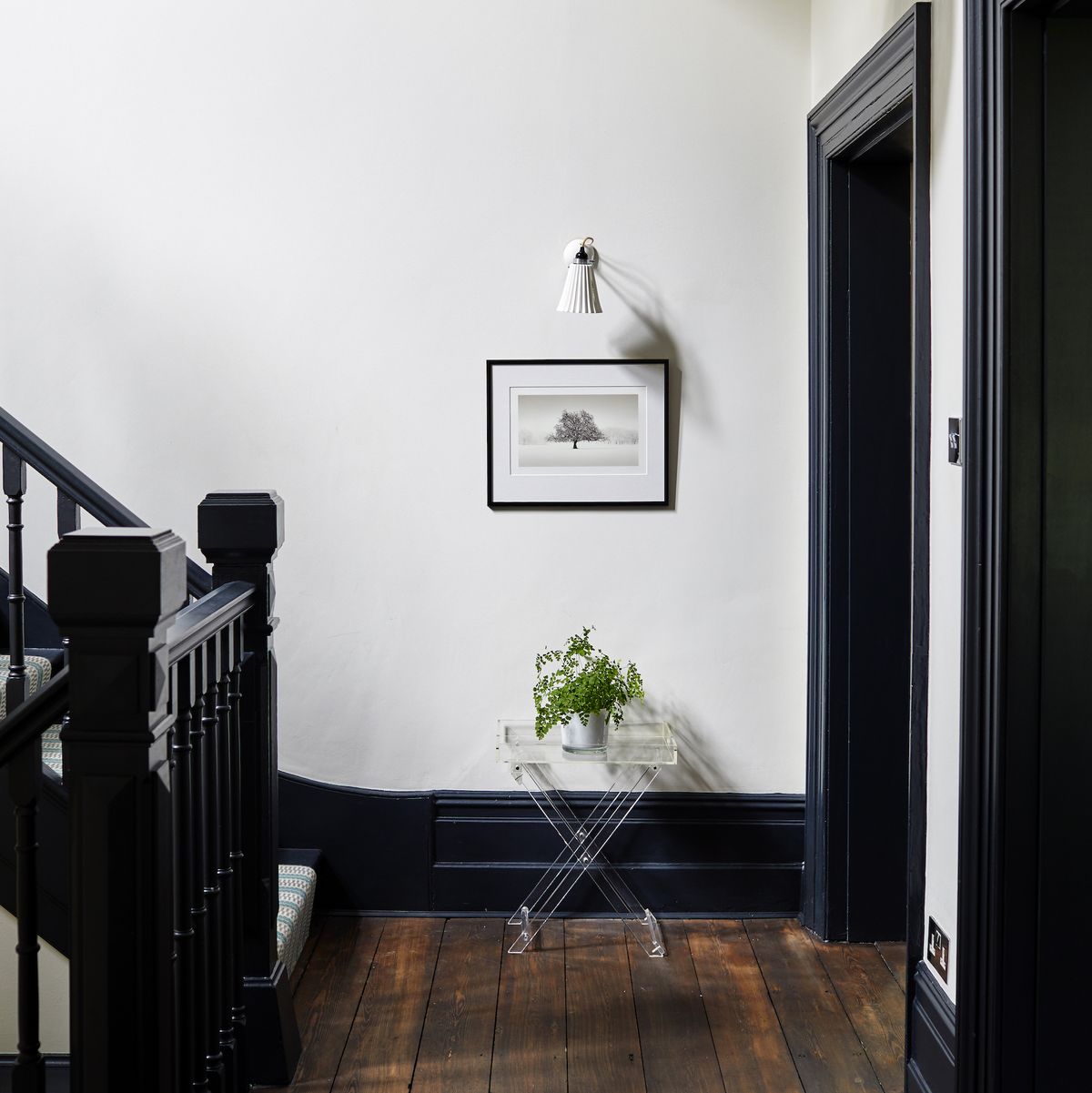

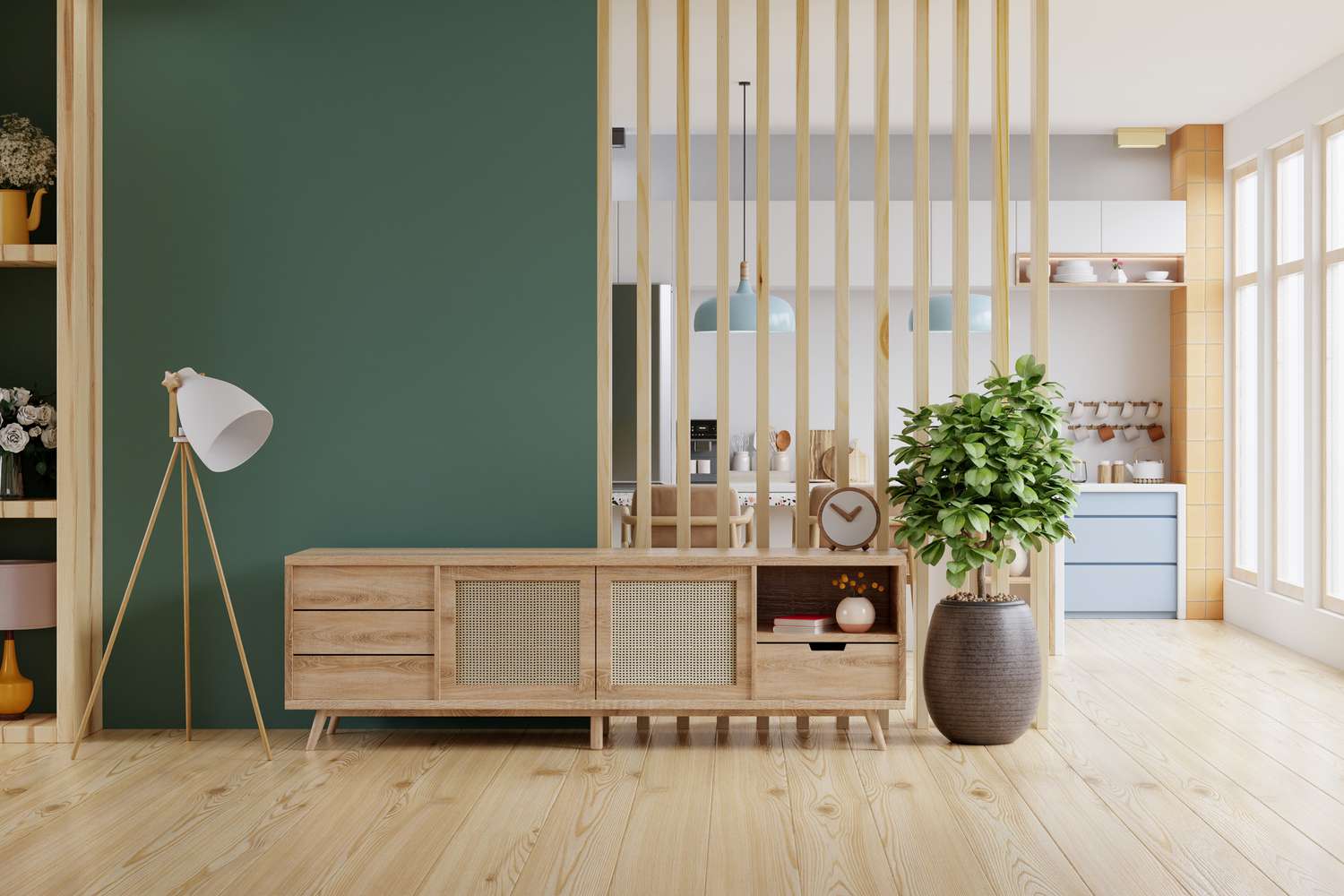
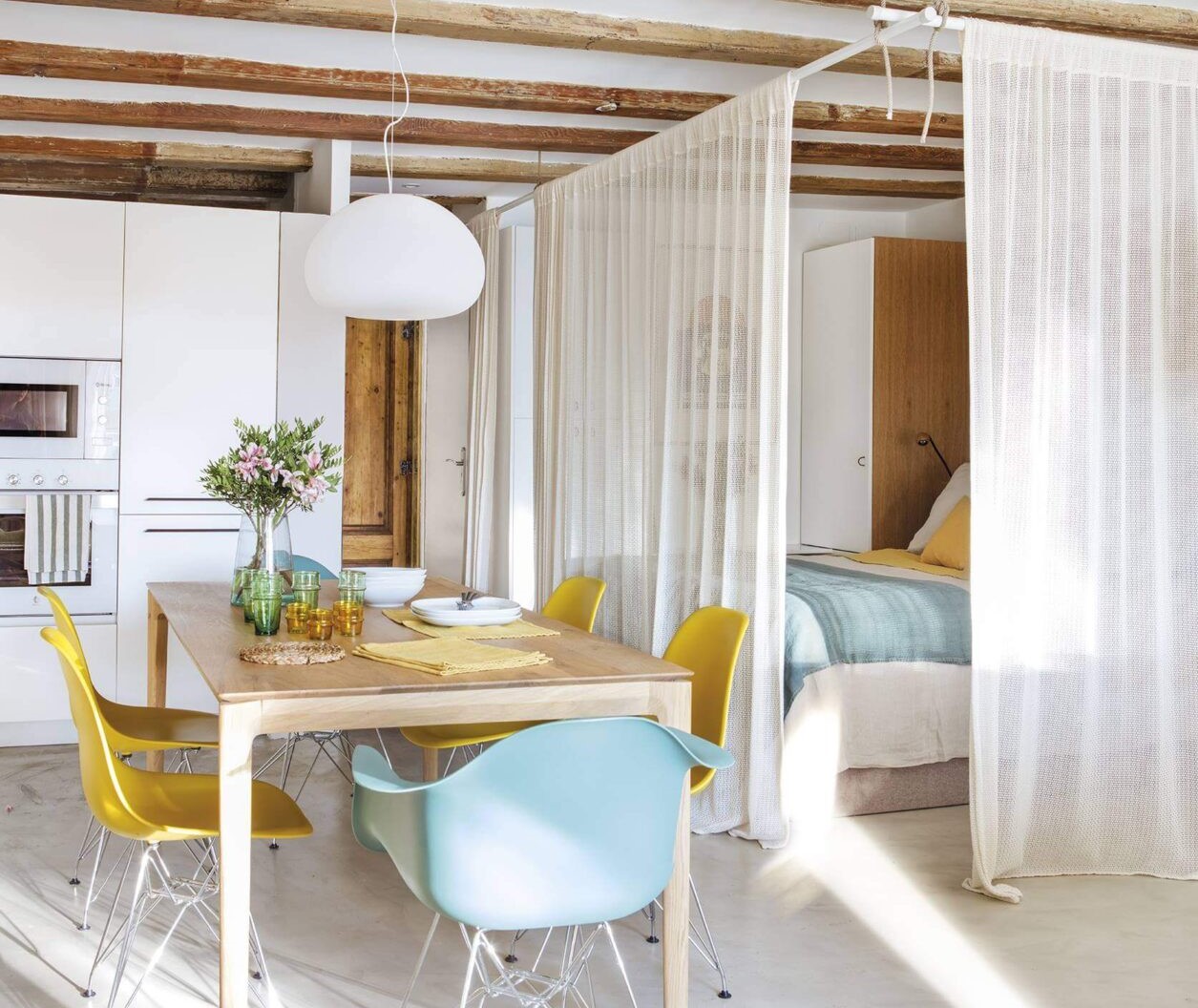

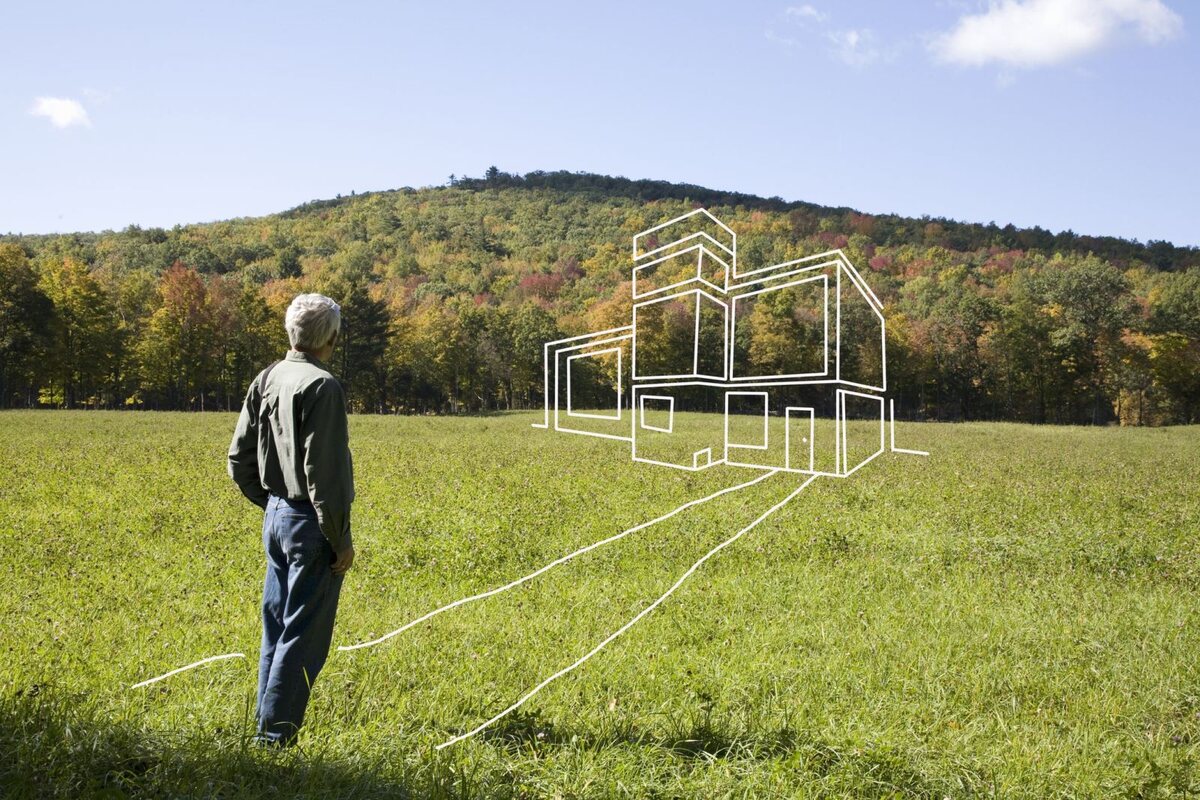
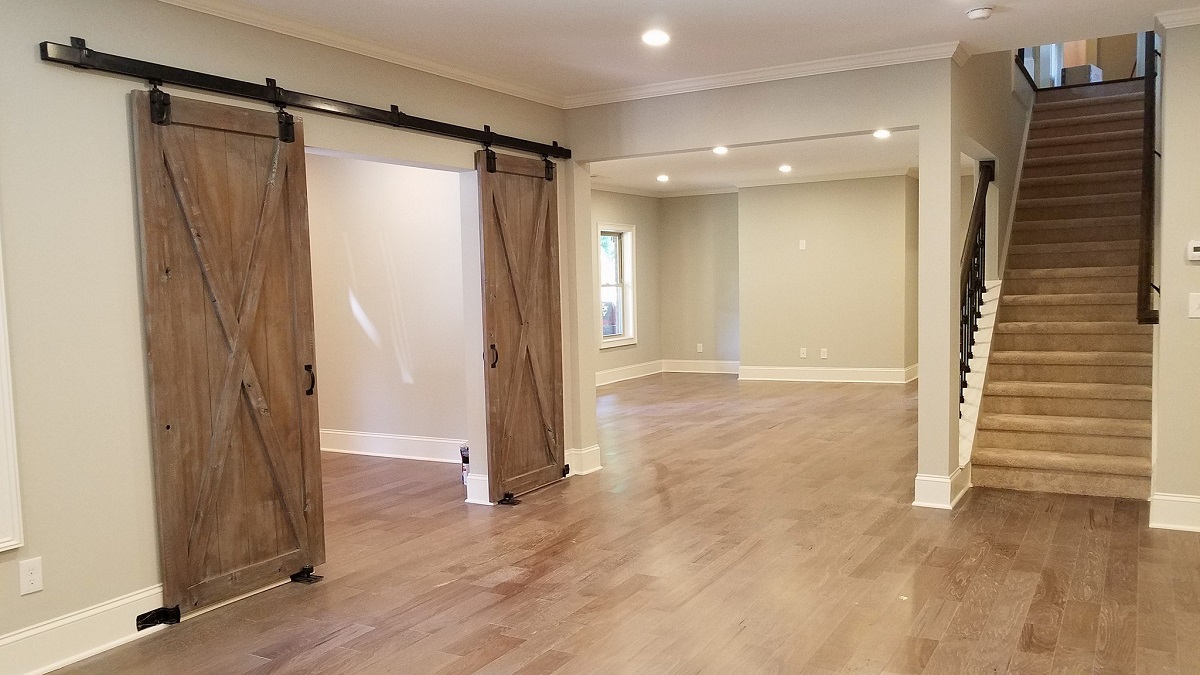
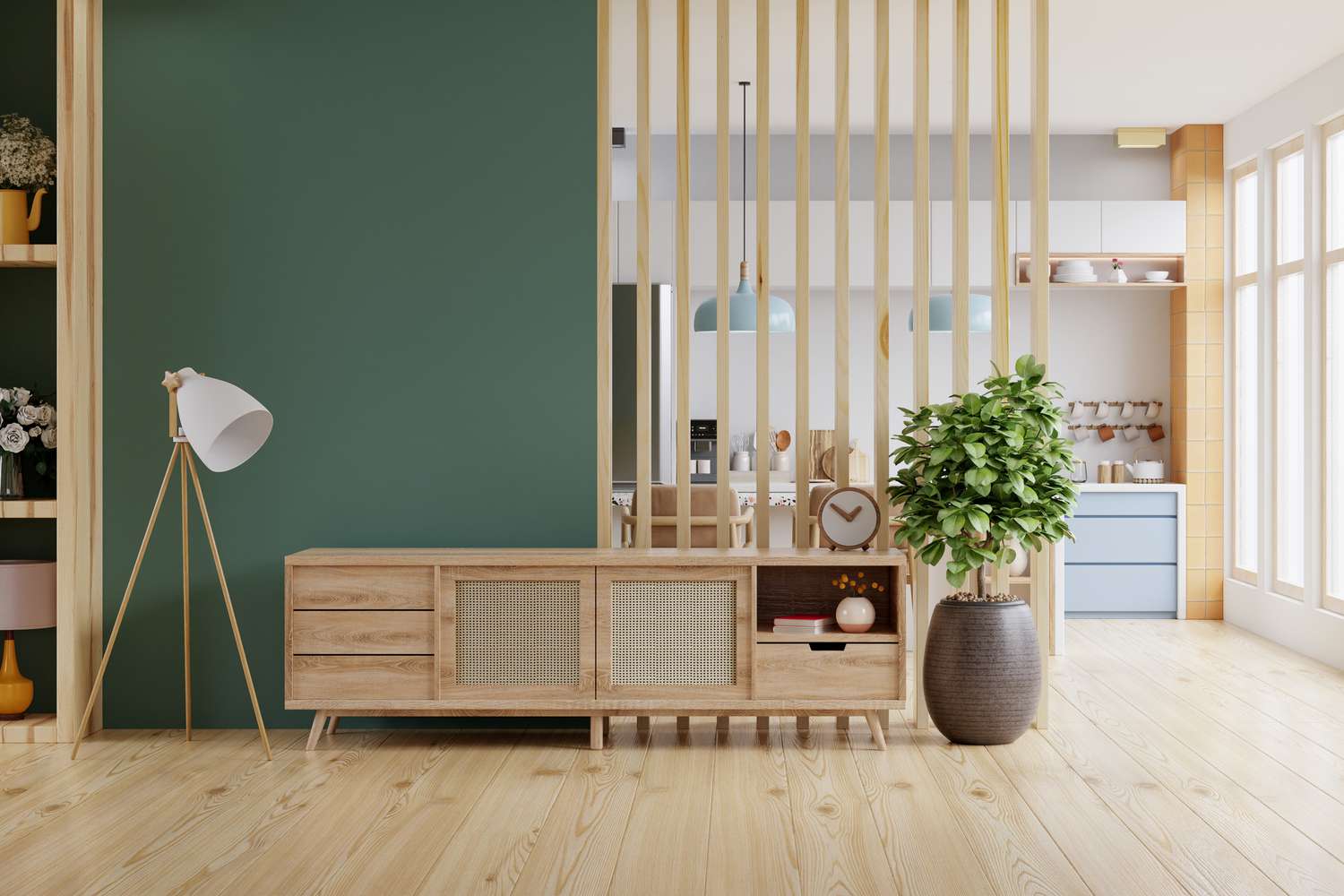

0 thoughts on “How To Landscape Design For Divided Land”